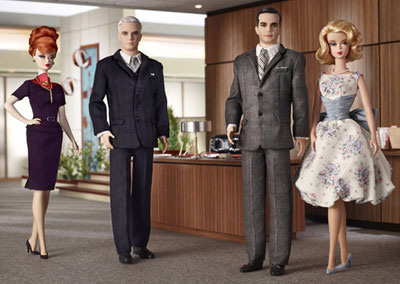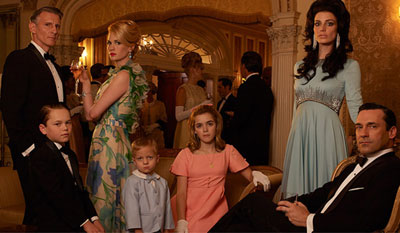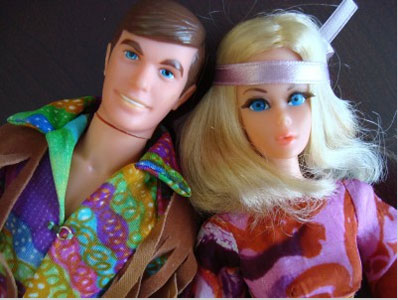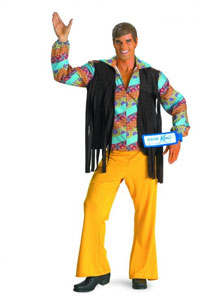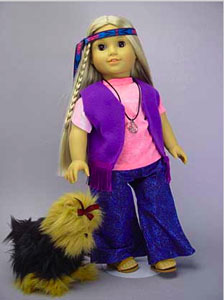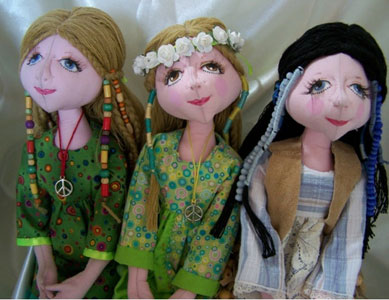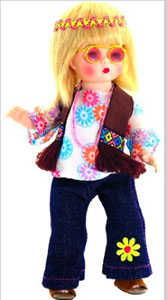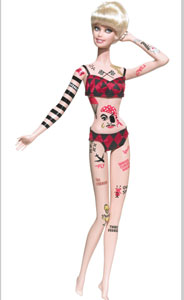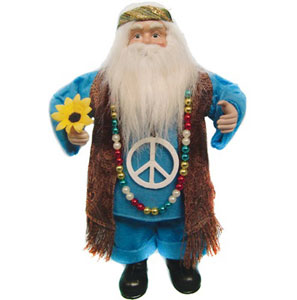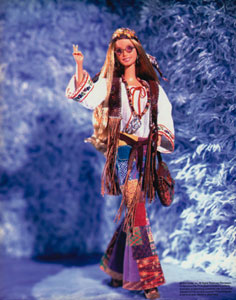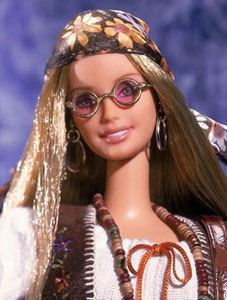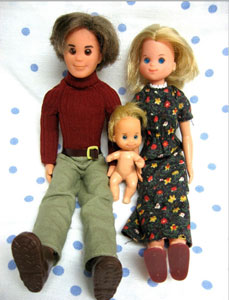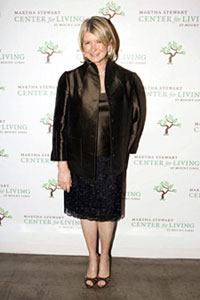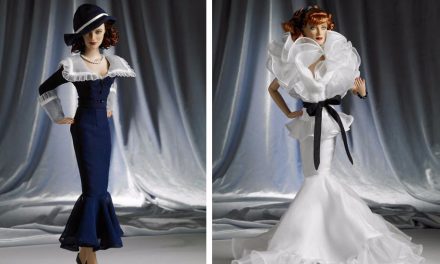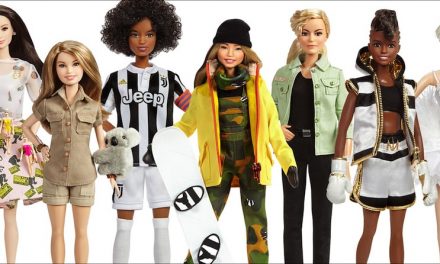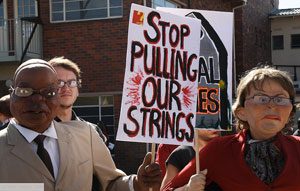As I watched the season finale of “Mad Men” this past Sunday, I had to shake my head and recall that this journey along with the Draper family—his current one, past one, imaginary one, and subverted childhood one—only kicked off six years ago. The show debuted in July 2007 and was set in the waning years of the 1950s. Much has been made about the props and wardrobe of the office environs and the characters who toil there.
While the show traveled on—always at a leisurely pace, more like a telegram than a tweet—it seemed right for the depicted era. Long moments of silence, scenes that were staged like set boxes or tiny tableaux, interactions that sounded more like dialogue from a J.D. Salinger novel rather than a television script all helped to support the authenticity of the episodes.
I admit I was mad about “Mad Men,” but like a mistress who has found herself finally fed up with Don Draper’s aloofness—or, in this season, Draper himself who can’t seem to abide himself—I’m finding myself less “sold” on this show about advertising.
Interestingly, the finale, which aired on June 23, attracted 2.7 million viewers. That’s a huge number for basic cable, and it proves why Mattel was so smart to translate four of the principal characters into fashion dolls. Their meticulously garbed and groomed versions of Don, Betty, Roger, and Joan were incredible in how they depicted the styles and the sophistication of these early 1960s sophisticates.
Beneath the executive’s gray flannel suits and their devoted secretaries’ full-length slips and garter-belted nylons, these characters weren’t just candy-colored refugees from a Doris Day and Rock Hudson romp (which, in hindsight, are pretty deep and work on a lot of subconscious levels). These were men and women of immeasurable ambition, stifled dreams, stereotypical expectations, and lives that were filled with etiquette that had to be obeyed, while being sidestepped.
Only on Madison Avenue could a high-paid, high-rolling businessman see his cuff links as just another pair of handcuffs.
The Mattel dolls certainly didn’t come with all of this emotional baggage, but the folks who bought them most likely responded to the unmentionable secrets of the “Mad Men” universe as much as the publicly lauded décor and costumes.
This year, though, marking season 6, shows how the program has sped up and has been orbiting forward in warp speed. In six years, it has hit hyperdrive and is now unreeling in 1968 or 1969. It’s leapt forward about 10 years in six, and the remnants of glamour and Technicolor beauty have been replaced by grunge and LSD mind-blowing trips.
The characters who would down a cocktail or two (or three) to break the ice at a business lunch are now dropping acid, getting “vitamin B” shots, which are pure speed, and are inhaling pot at their drafts tables.
The omnipresent cigarettes have been joined by joints, bongs, and hookahs. The patina of well-dressed equals well-respected and well-bred has been ushered away. In its place are the warts and all that define our modern-day America: there are no heroes and no anti-heroes. There are just people—of all genders, races, ethnic backgrounds, and economic levels—and we’re all just getting by and trying to get along.
With the fascinating fashions and peculiar mores of the 1950s and early 1960s gone, “Mad Men” has separated itself from being a catalogue of what the well-to-do were aspiring toward and simultaneously fleeing from. It’s now poised somewhere between “The Partridge Family” (psychedelic outfits and music), “The Brady Bunch” (the Draper family is broken and blended), “Peyton Place” (affairs, betrayals, more affairs, and even more betrayals) and “The Fugitive” (Don is on the run, always one step ahead of being found out).
Since the show has lost its luster of being a chronicle of the post–World War II Greatest Generation and is now swirling around Woodstock and the Me Generation, it will be interesting to see if any new Mad Men dolls are debuted. No longer clad in classic business attire and skintight skirts, formfitting cocktail dresses and James Bond tuxes, will the brand-new dolls come decked out in micro-minis or flowing granny gowns? Will the guys be sporting fringed vests, feathered hair, and love beads? And the Mad Women—more and more females entering the ad biz—will have paisley smocks and flowers in their hair? What would this new re-imagining of the 1969/1970 Sterling, Cooper, & Partners firm look like? And will we have to endure a season of “Mod Men” rather than “Mad Men.”
Here are some flower-power dolls that might answer that enigmatic riddle.

